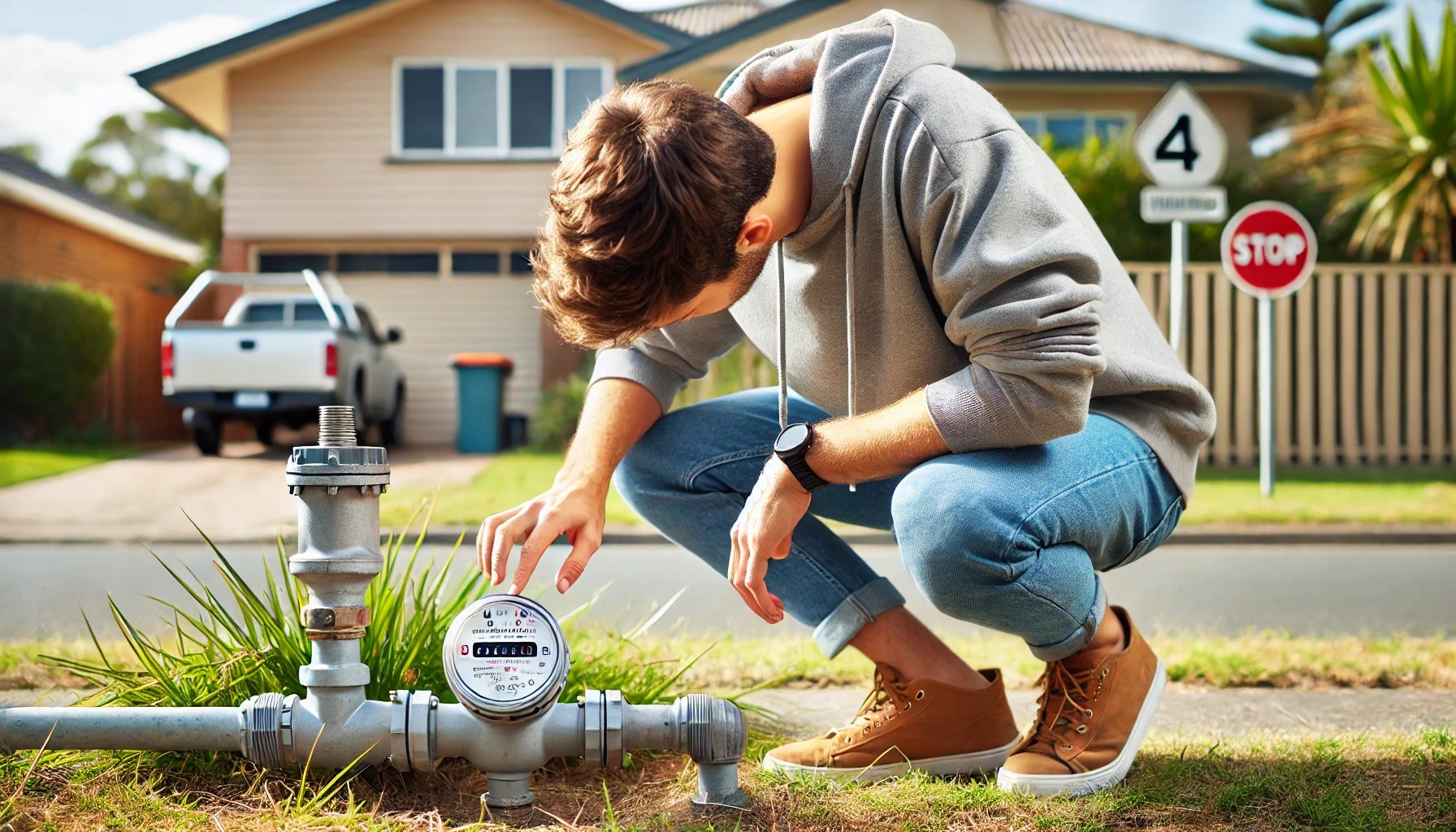How to Check for Domestic Water Loss Using Your Water Meter
If you’ve noticed an unusual spike in your water bill or suspect there may be a hidden leak in your home, one of the quickest ways to check for water loss is by using your water meter. By following this simple method, you can detect any unexpected water usage when all taps and appliances are turned off. Here’s how to check for domestic water loss and determine if you may have a leak.
Why Use the Water Meter to Check for Leaks?
Your water meter is a useful tool for detecting hidden leaks. When everything in your home is turned off, the meter should not be moving. If you see it advancing, there’s a good chance water is escaping somewhere in your system. Catching leaks early can help prevent further damage and save on your water bill.
Step-by-Step Guide: How to Check for Water Loss Using Your Water Meter
Follow these steps to check your home for leaks using the water meter.
Step 1: Turn Off All Water Sources
Ensure that all water-using appliances and taps are completely turned off. This includes:
- Taps and faucets
- Toilets
- Washing machines and dishwashers
- Showers and outdoor hoses
Step 2: Locate Your Water Meter
Your water meter is usually located at the front of your property, near the curb or street. It may be inside a small box with a lid. Carefully remove the lid and find the meter inside.
Step 3: Record the Current Reading
Take note of the reading on your water meter, including any smaller dials or rotating elements.
Step 4: Wait 15 to 30 Minutes
Leave the meter undisturbed for about 15 to 30 minutes, ensuring no water is used inside or outside the home during this time. This waiting period allows you to detect even small leaks.
Step 5: Check the Meter for Movement
After the waiting period, return to the meter and check the reading again.
- If the reading has not changed: This likely means there is no active leak, as no water has been used.
- If the reading has changed: Even a slight movement suggests water is escaping somewhere, indicating a possible leak.
Step 6: Inspect for Potential Leak Sources
If you detected movement in the meter, inspect your home for common sources of hidden leaks, such as:
- Toilets running when not in use
- Dripping taps or faucets
- Damp spots on walls or floors
- Low water pressure in certain fixtures
What to Do If You Confirm a Leak
If the meter reading has changed and you suspect a leak, it’s essential to address the issue promptly to prevent further water loss and potential damage.
- Contact a Leak Detection Professional: At Pro Detect Leak Detection, we specialize in identifying hidden leaks using advanced, non-invasive techniques. Whether it’s a pipe leak, fixture issue, or structural water intrusion, we can help pinpoint the source accurately.
- Notify Your Water Provider: Some water providers offer assistance or reimbursements for high bills caused by verified leaks. Check with your local provider to see if you qualify.
If No Water Loss is Detected
If your water meter shows no water loss but you still have concerns about water damage, it may be due to water ingress rather than a leak in your plumbing. Check out our How-to Guide on Water Ingress Leaks for tips on identifying and managing water intrusion issues, which can cause damage even when your plumbing is secure.
Tips for Preventing Water Loss at Home
Routine maintenance and awareness can help you prevent costly leaks in the future. Here are a few tips:
- Check your water meter monthly to catch leaks early.
- Inspect pipes and fixtures regularly for signs of wear and tear.
- Turn off water when not in use for extended periods, like during vacations.

